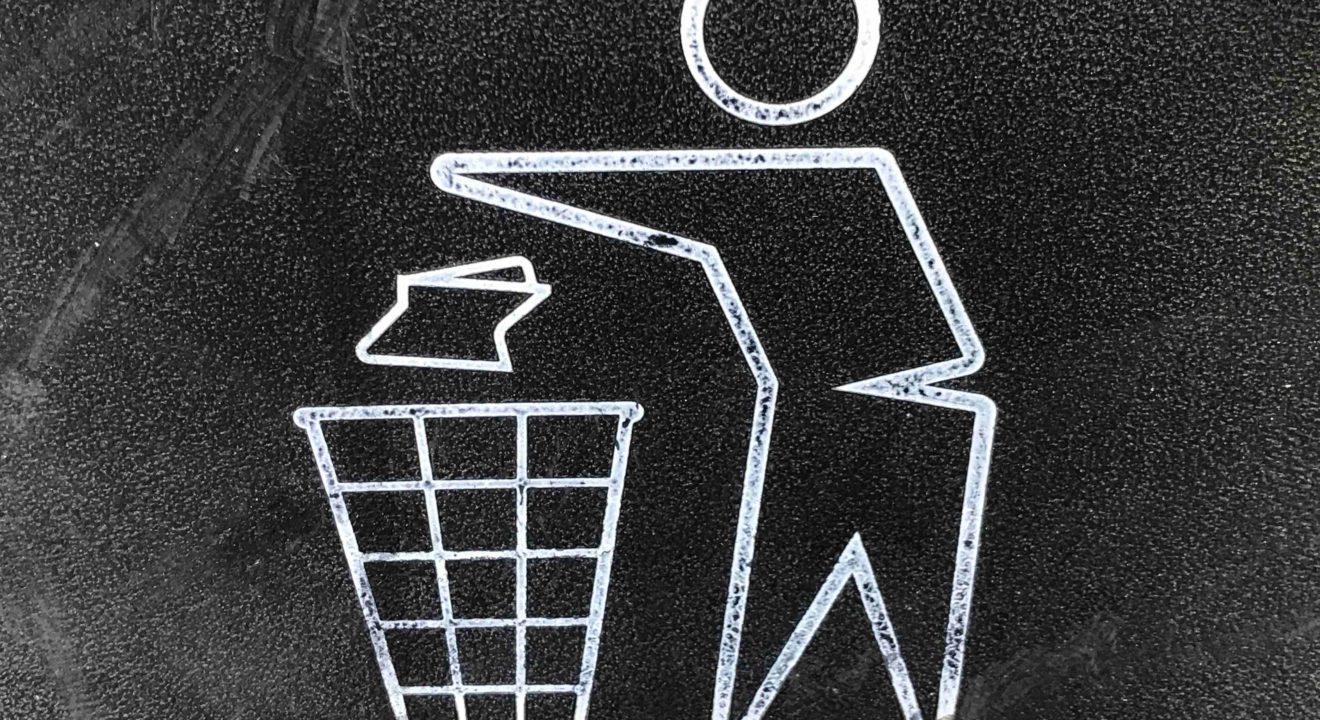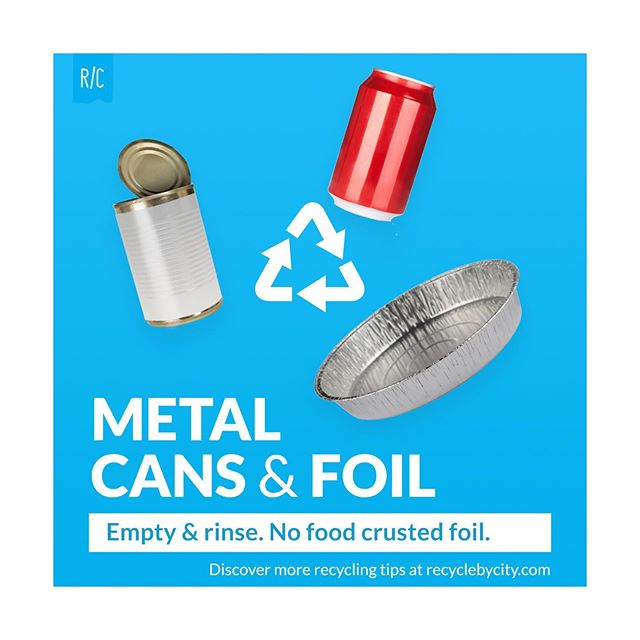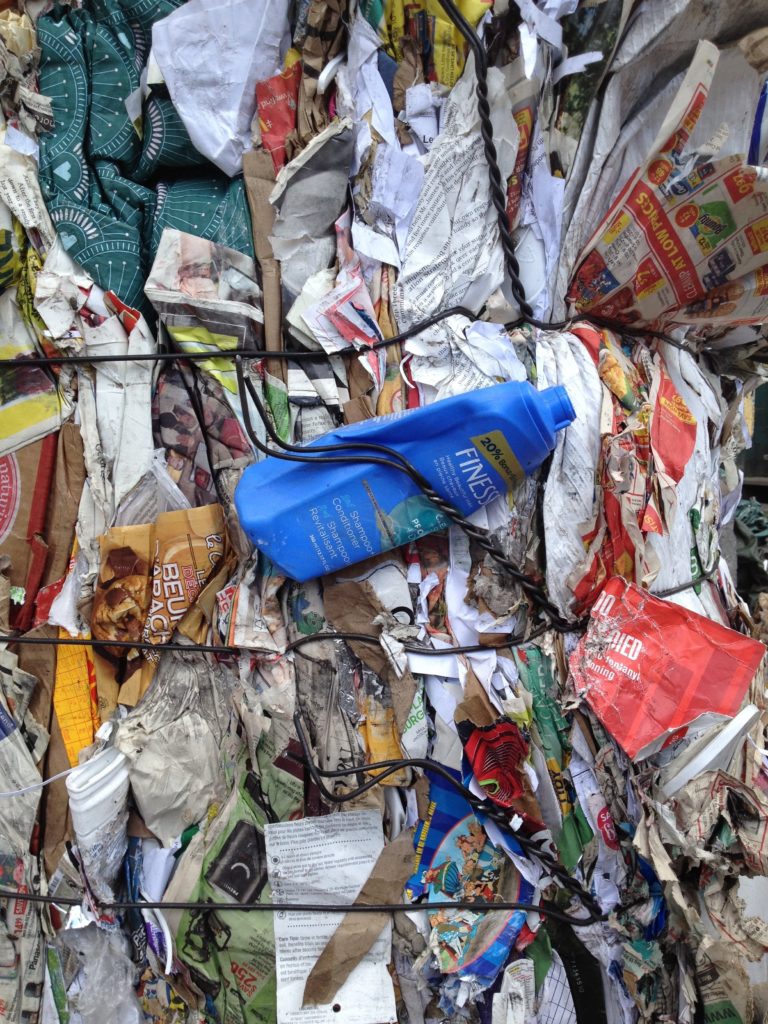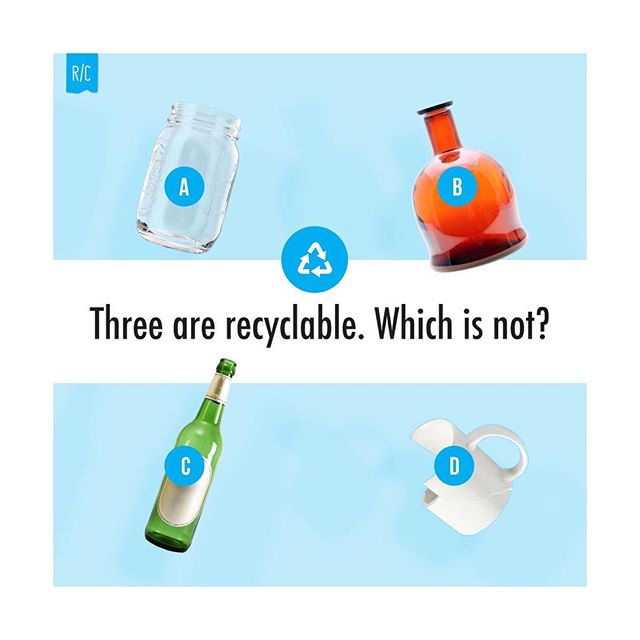Recycling July 30, 2019
If you're going to do it, do it right.


It’s really hard to not recycle these days. With public bins everywhere, we think we’re changing the world one bottle at a time. But what most people don’t realize is that we might not being doing as good of a job as we think.
One of four items in a recycling bin do not belong in there, according to Waste Management. These displaced items drive up the contamination rate of recyclables. The abundance of contaminated and hazardous materials America and other countries were sending China is why at the beginning of 2018, they began strictly refusing recycled materials. The rejected materials left America with tons of recycled waste with nowhere to go other than our landfills.
Due to the lack of public information and education of recycling, America and other countries are stuck with more of what people think are “recycled” materials, but in actuality, they can’t be recycled. These materials then add to our overflowing landfills. So before you pat yourself on the back for “saving the earth,” make sure you understand the difference between recycling and contamination.
Over the past few years, China was the global leader in receiving plastic and other recycled goods. They reprocessed the scraps to make materials for other manufacturing endeavors. However, in 2013, they began to question the materials they were receiving.
China started to see issues with the recyclables being sent to them. The abundance of unusable materials started to overflow their landfills. Regular trash, food and contaminates polluted the recyclables, leaving them useless. This left China with an expensive mess and no way of proper disposal.

So in 2013, China enforced Operation Green Fence. This operation enforced a more strict examination of imported materials. It was put in place to hopefully remind and reiterate what exactly constitutes a recyclable item. Within two months, China had rejected 800,000 tons of recyclables because they did not meet standard protocol.
While their efforts in 2013 helped, China was still overrun with non-recyclables clogging up the machines. So on December 31, 2017, China issue the National Sword Policy. This banned the importation of all plastic waste, for the sake of peoples’ health and the environment.
Mitch Hedlund, executive director and founder of Recycle Across America, said, “We didn’t clean up our recycling and continued to leave it confusing for the public. So [China] went from purchasing about 30% of U.S. recycling to purchasing less than 3%.”
In America, recyclables are taken to facilities for sorting and cleaning. What seems to be an easy job is, in reality, very dangerous. Workers are exposed to scrap metal, syringes and needles as well as other hazardous materials.
Plastic bags regularly get caught in machinery, causing jams that are classified as “one of the top nine hazardous conditions faced by recycling workers.” Workers are constantly forced to crawl into the machines to fix these jams and technical malfunctions. On January 23, 2019, it was reported that 17 recycling workers had been killed since the beginning of the new year. These jams also cause stalls in production. Recycling companies are losing millions of dollars in lost time that accumulates over the year.


We can prevent all of this with the proper education and publicizing of how to effectively recycle. Each state, even each city, has their own recycling rules and regulations. For instance, Seattle and Connecticut will fine people if they have a certain percentage of recyclables in their regular trash.
Find your state here, and check the rules regarding recycling and what materials can be recycled.
While some stipulations may vary, there are some common practices you can always remember when recycling.
You can recycle:
You can’t recycle:


Faulty bin labeling can lead to the confusion of recycling. Many people know what to recycle, but they do not know which bin it technically belongs in. At-home recycling also can be confusing, but you can find pick-up and drop-off stations here.
According to an EPA study, about 100,000 tons of recycled materials provides almost 16 people with jobs a year. Since 2015, the United States has maintained a national recycling percentage of around 34%. If we were to get that number to 75%, the decrease in levels of carbon dioxide in the atmosphere would be the same as if 55 million cars were removed from the roads.
So, will you now think twice before you haphazardly throw everything into your recycling bin to “help the environment”? Recycling can be an easy task and benefit the environment. We as a community need to be more educated and understanding of what comes from lazy recycling.
Proper recycling is what saves the earth, keeps the environment healthy, provides jobs and makes revenue for the country. Will you properly contribute to those causes now?